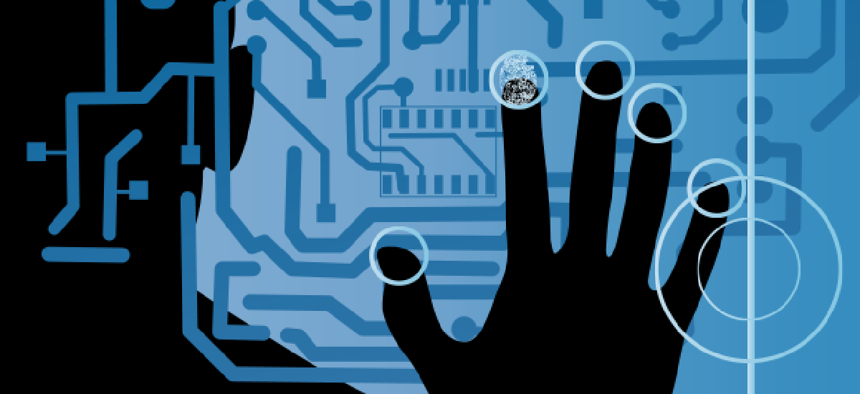DHS building consolidated system for biometric data

The Department of Homeland Security wants to improve the data analysis capabilities of its forthcoming cloud-based biometric identification platform.
The Department of Homeland Security wants to improve the data analysis capabilities of its forthcoming cloud-based biometric identification platform.
The Office of Biometric Identification Management, the lead biometric services group within DHS, is looking for contractors to help develop, integrate and implement capabilities for a host of software systems. These include the agency's legacy biometric identification system, IDENT, and its replacement, the Homeland Advanced Recognition Technology System, which will be moved to an Amazon Web Services cloud certified by the Federal Risk and Authorization Management Program, according a June 17 request for information.
Though HART has not yet come online, its will provide examination tools that can analyze matched faces, fingerprints and irises. DHS wants to eventually do the same for other biometric markers like DNA, palm prints, scars, tattoos and voices. HART will also require a web-based user portal, reporting tools and mobile access. DHS is also calling for "person-centric capabilities" that can search, match, retrieve and assemble all available information from DHS systems and those of interagency partners "to present a comprehensive profile of the subject of an identity operation."
Because the systems "will generate large quantities of data," the biometrics office wants new tools that can process and analyze large datasets in an Amazon cloud environment.
DHS shares biometric data with a number of other federal agencies, and its systems are able to link up with companion systems at the Departments of Defense and Justice. The department also has information sharing agreements in place with the Department of State as well as state, local, tribal and territorial law enforcement agencies.
DHS also works hand in hand with foreign governments like Mexico to capture biometric data for tens of thousands of Central American migrants arrested by Mexican authorities. One of the systems in DHS' portfolio marked for enhanced analysis capabilities in the RFI is the Automated Real-Time Identity Exchange System (ARIES), described as "an information exchange architecture within AWS" that supports biometric exchanges between DHS and the Mexican government.
The RFI comes at a time when some lawmakers are asking DHS to put the brakes on the use of facial recognition technologies and questioning the legal underpinnings of many biometric programs throughout government. Earlier this month, DHS learned that hackers compromised the IT systems of one of its contractors, stealing tens of thousands of photos of travelers entering and exiting the border that were used in facial recognition programs.
While the systems at Customs and Border Protection weren't directly compromised, the incident raised concerns in the cybersecurity community about whether the government could be trusted to secure massive troves of biometric data.
The "minibus" appropriations bill working its way through Congress includes $266 million in new funding for CBP to acquire border security technology and assets. A Democratic staffer on the committee said that the legislation gives CBP flexibility to use the money for any tool or technology that it believes would help secure the border, including enhanced biometric and facial recognition capabilities.
This article was first posted to FCW, a sibling site to GCN.





